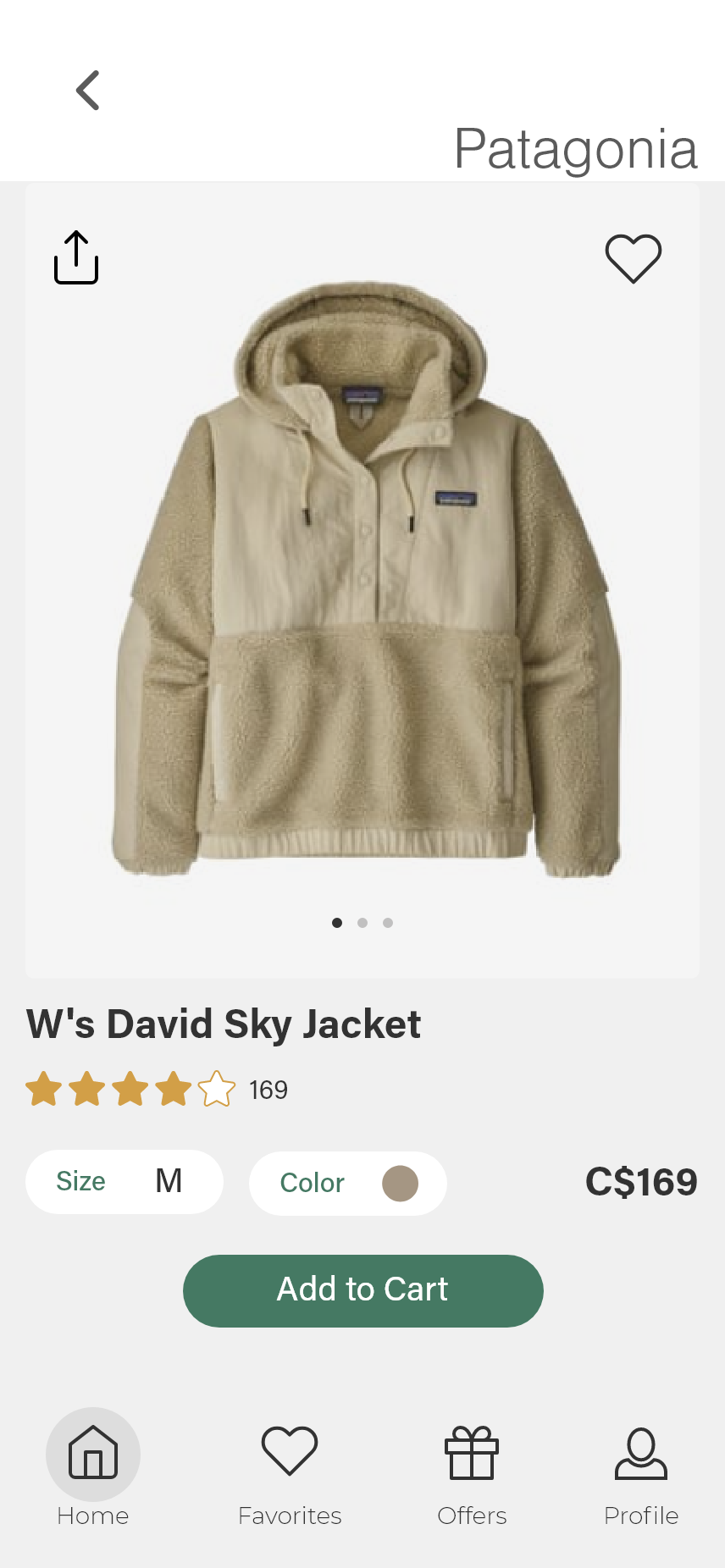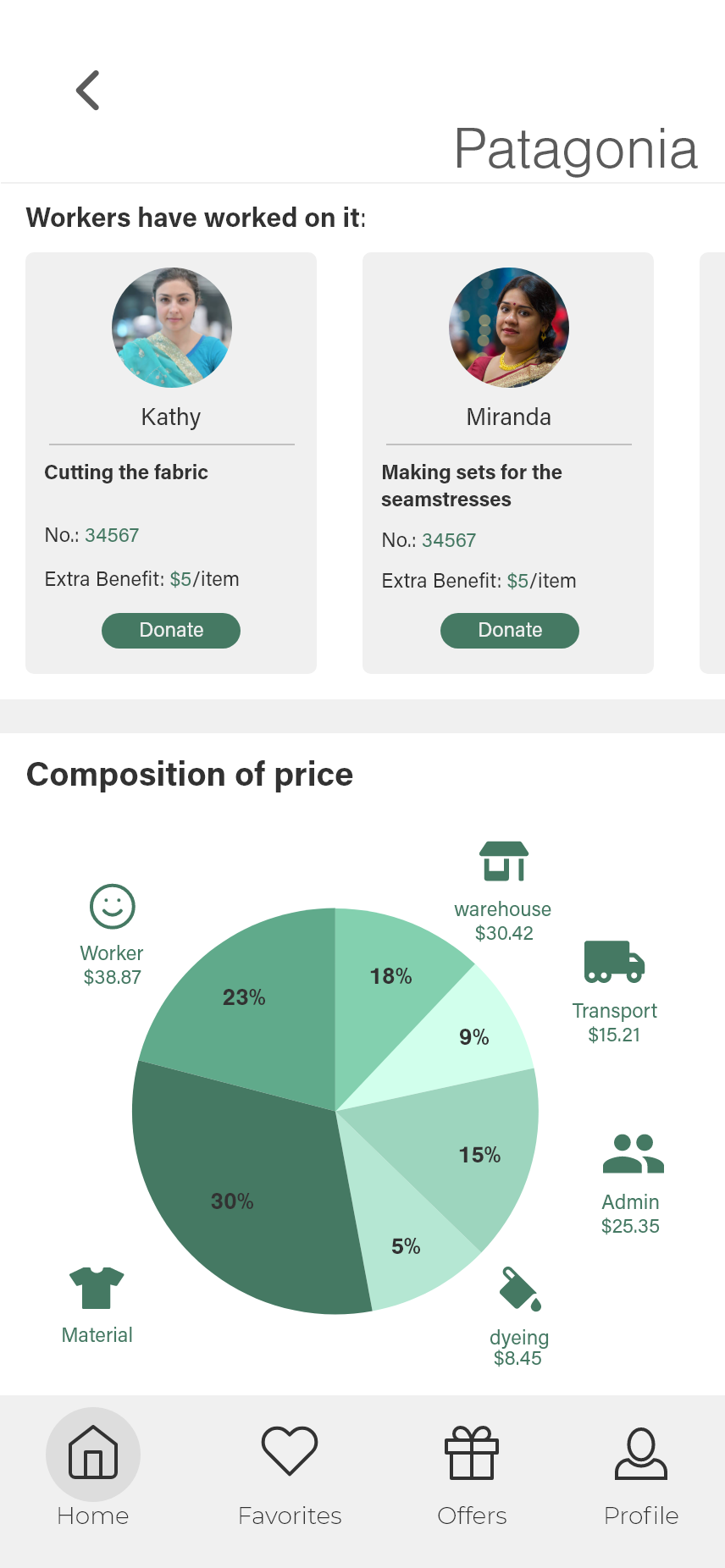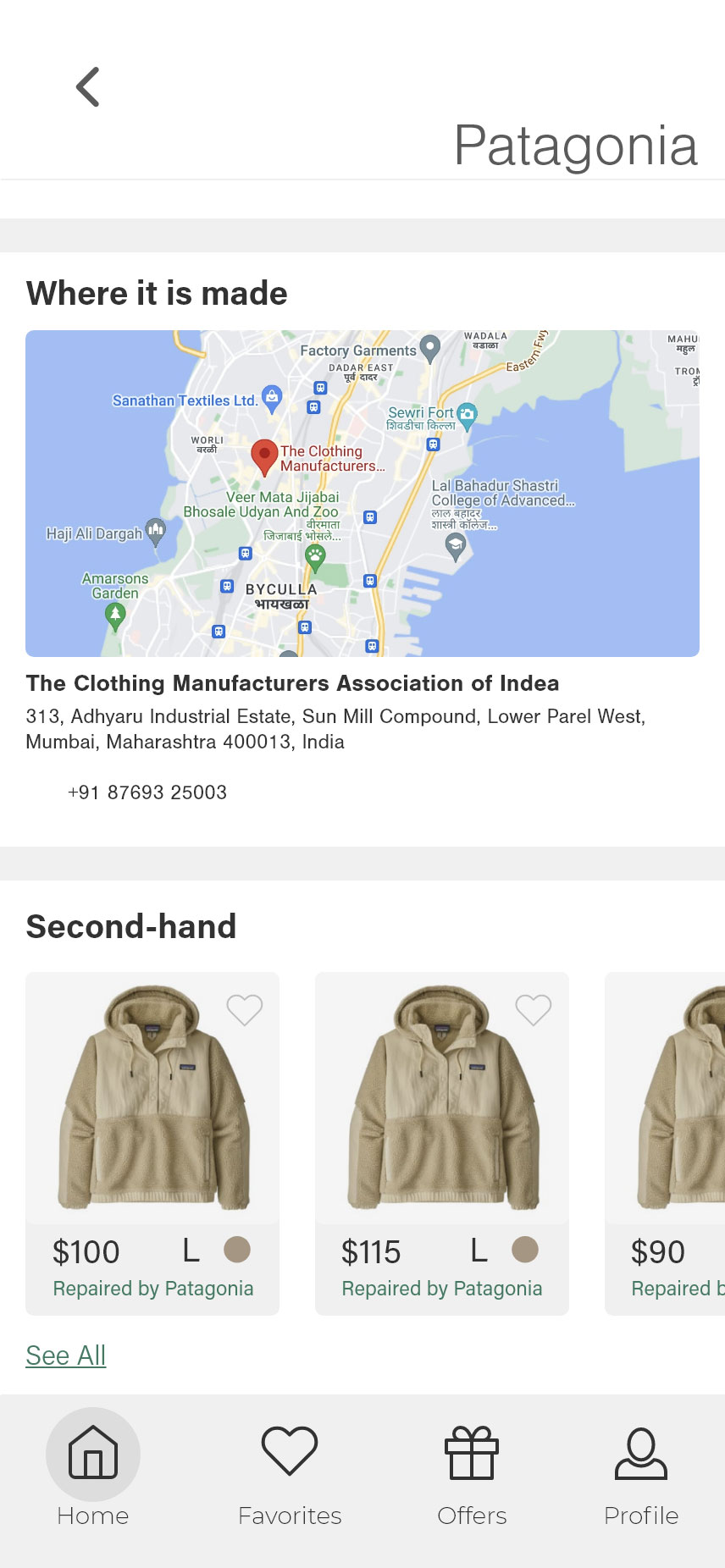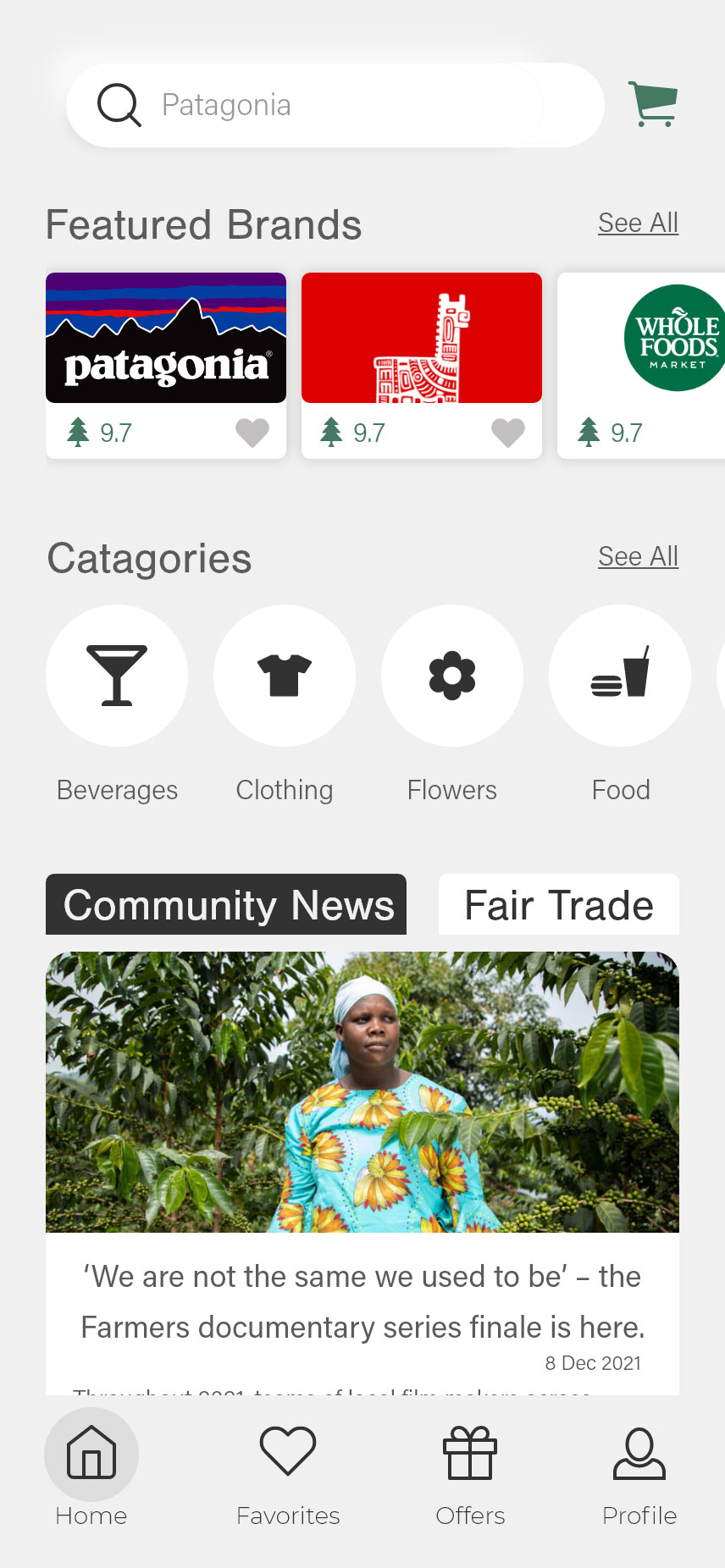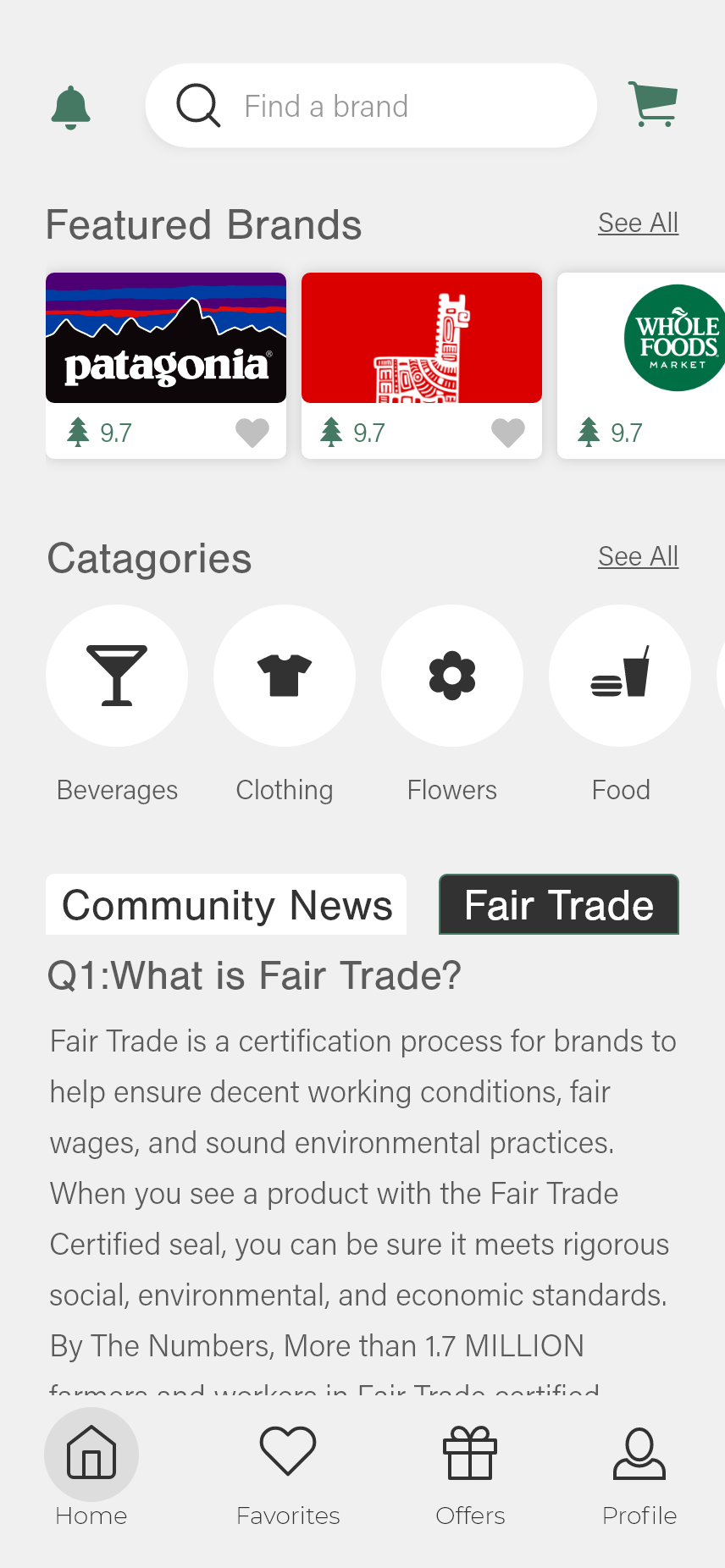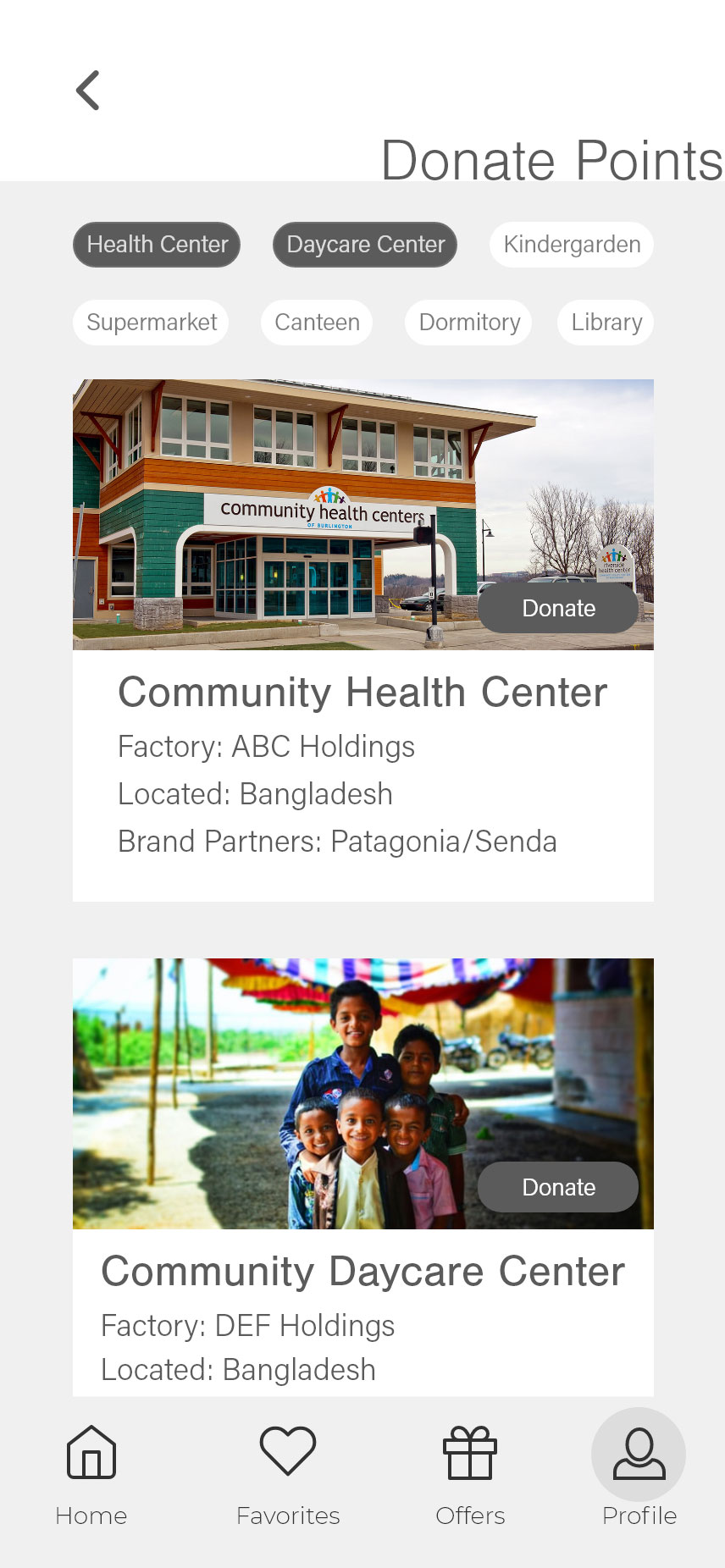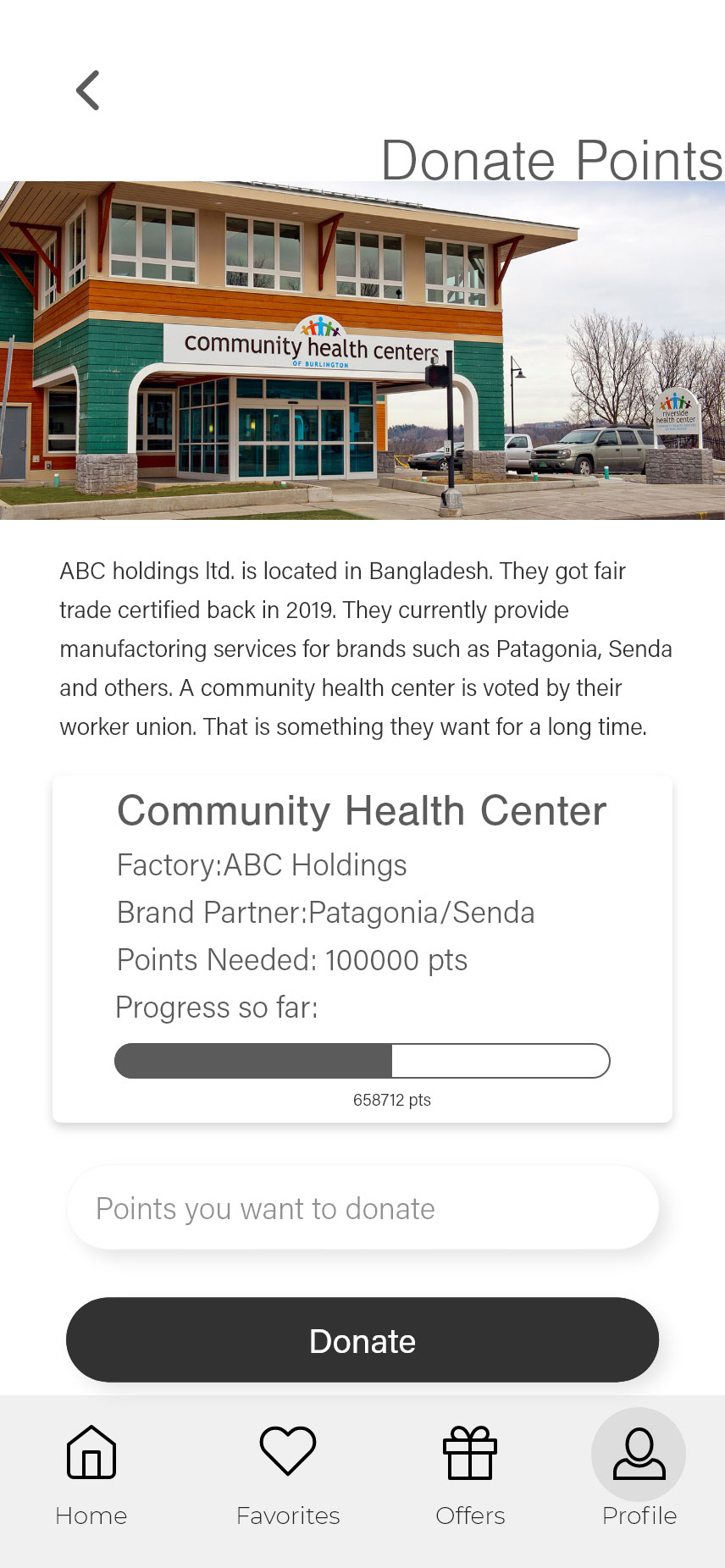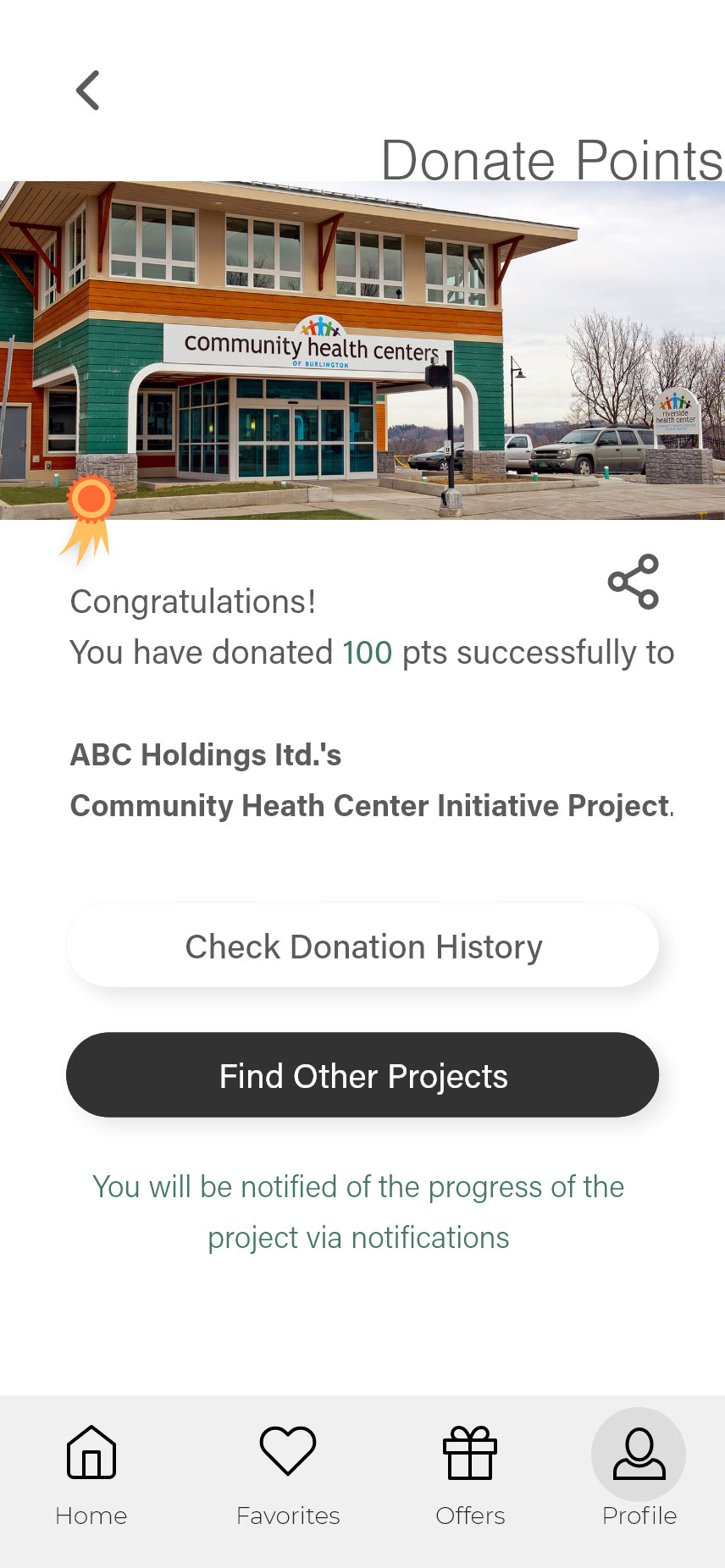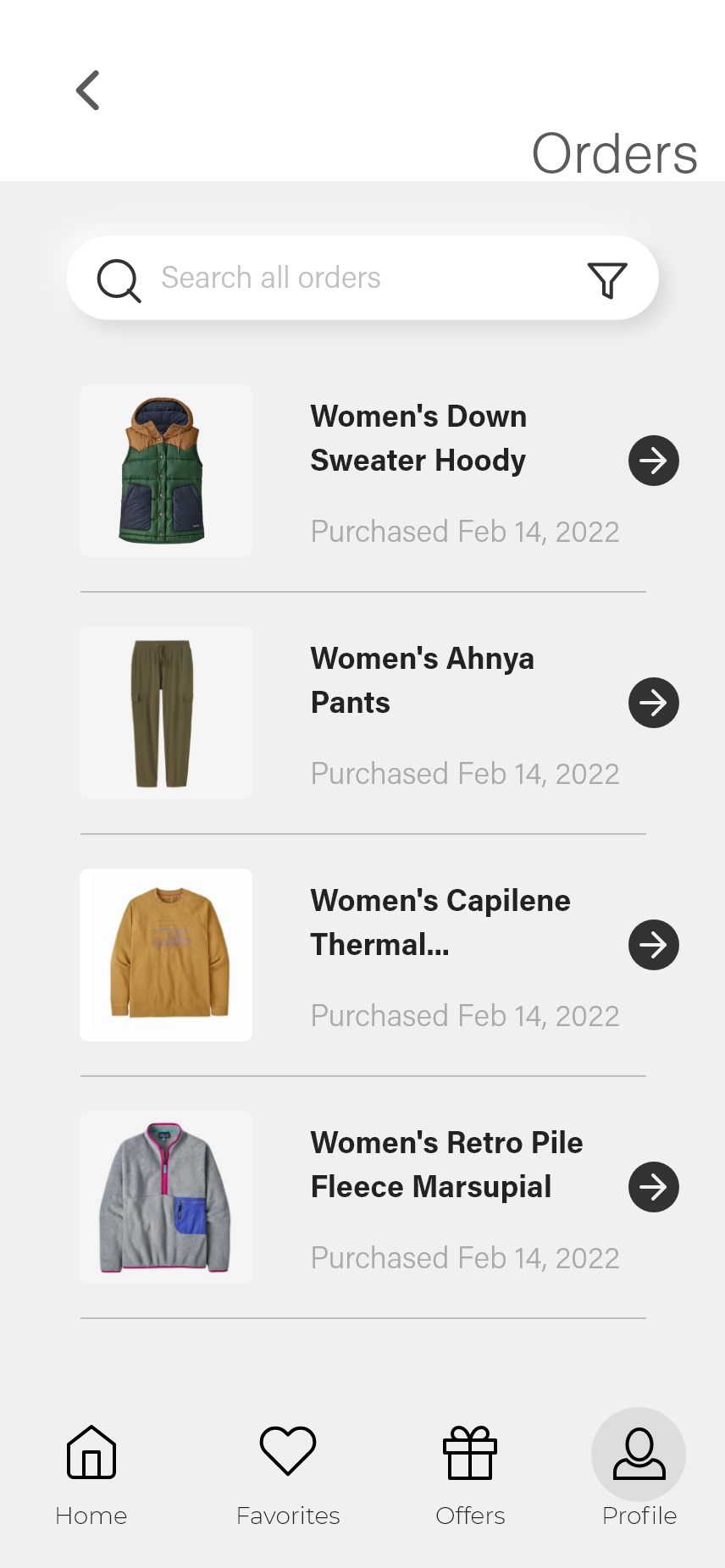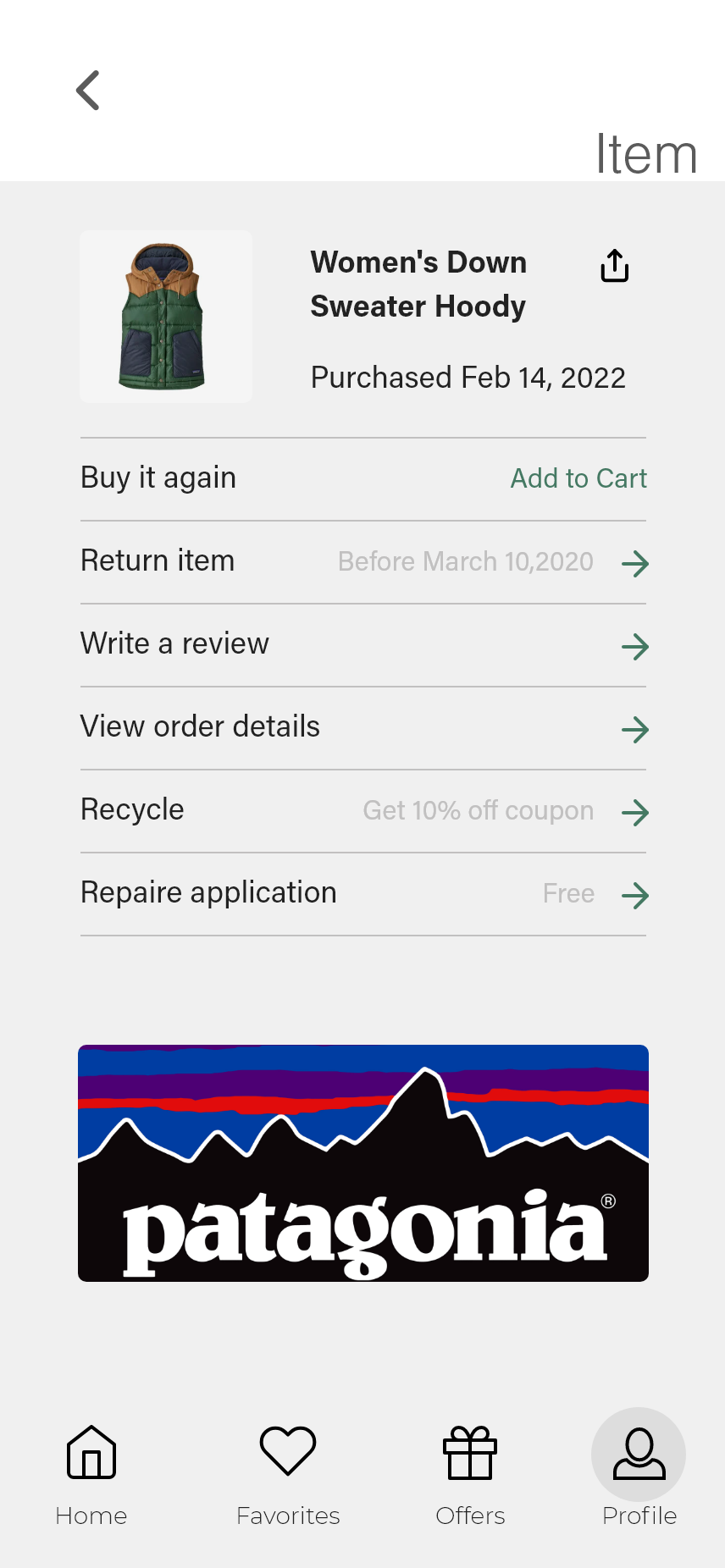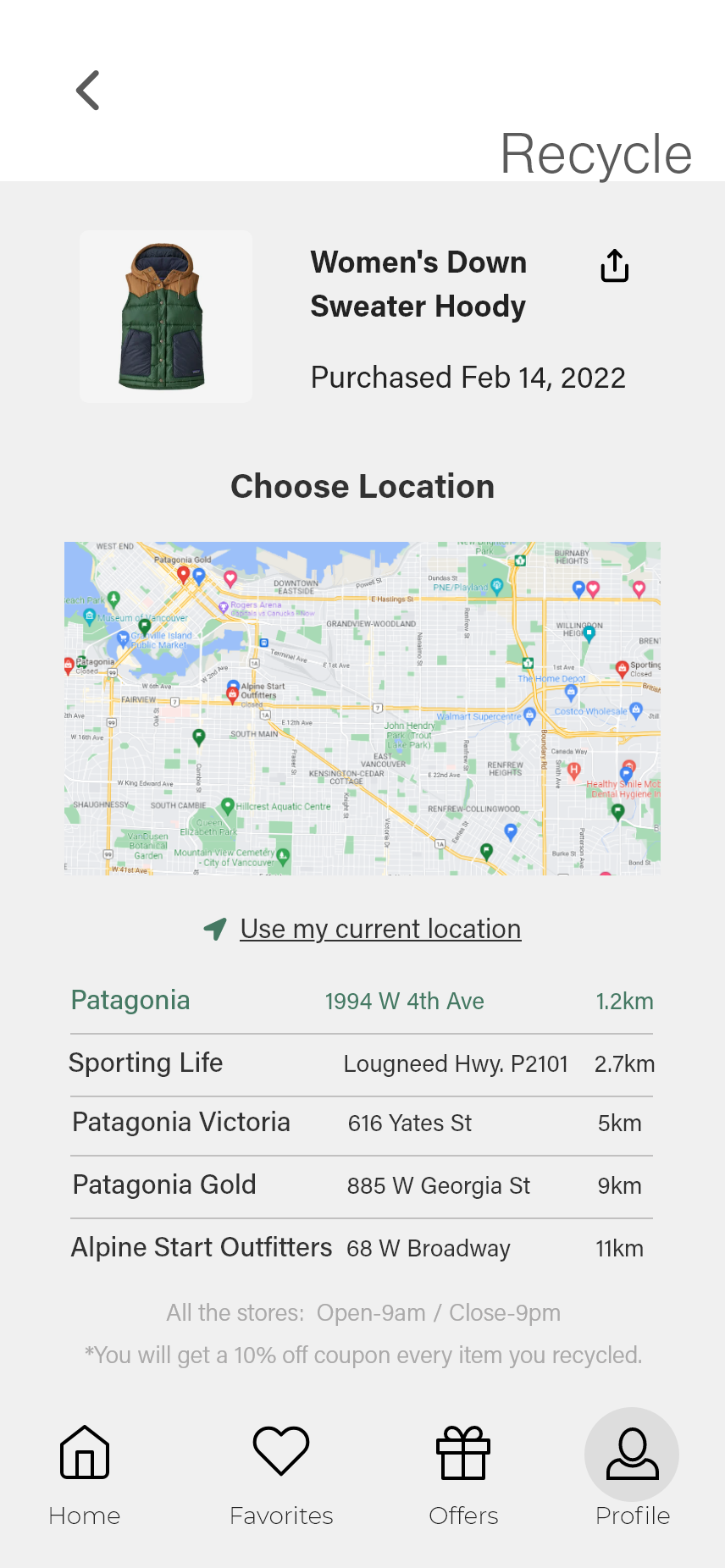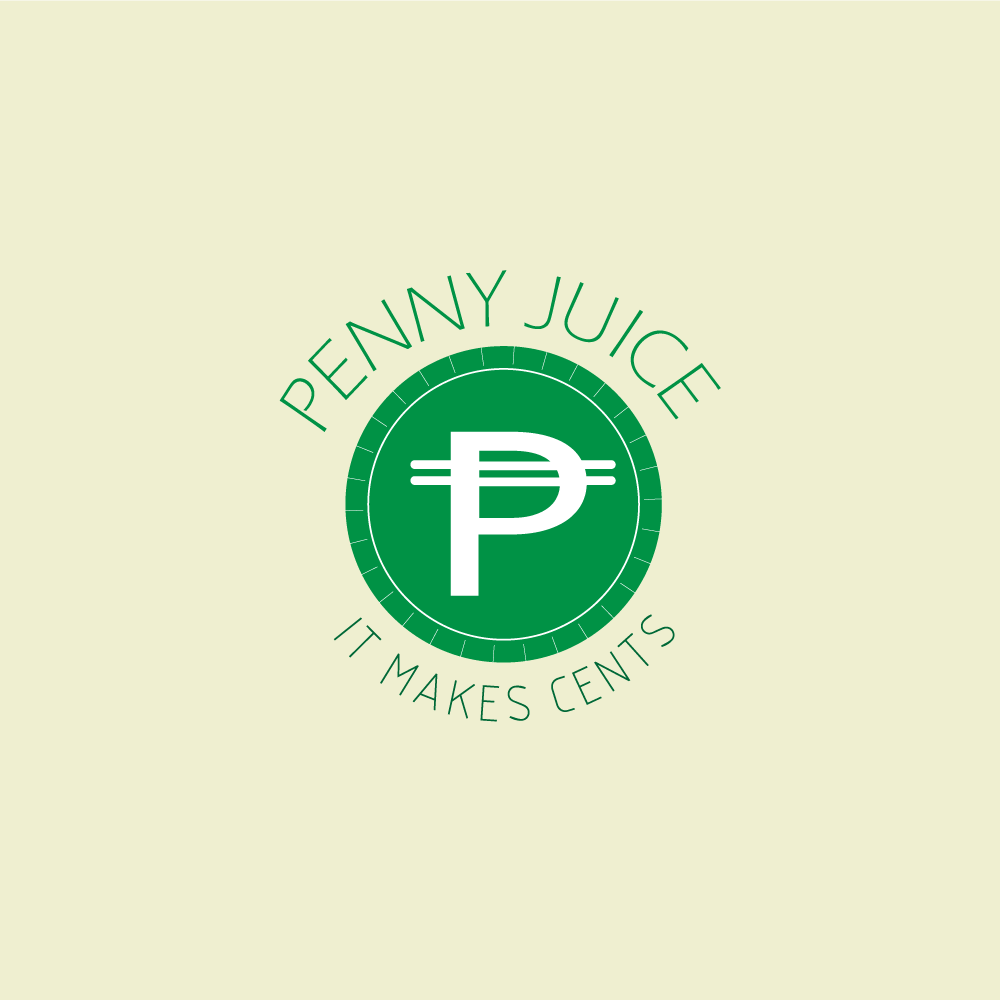
Duration: 1 week | Individual Work
Tools: Adobe XD
Role: Responsible for Research | Wireframes | Mock-ups | Prototype
UX&UI Design | Fairbuy - Fair Trade Shopping App
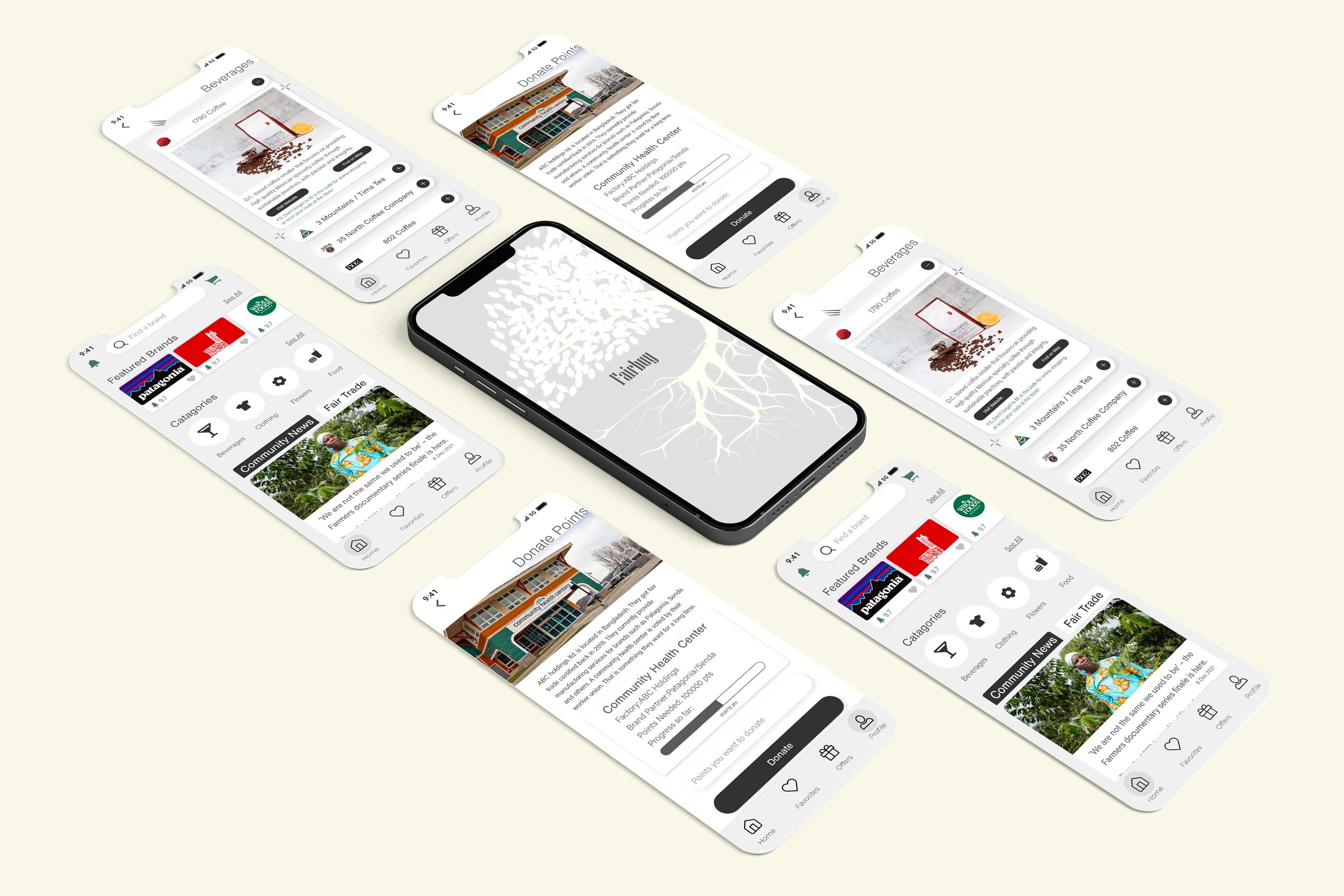
📖 Research | 🧠 Brainstorming | 💡Solutions | 📱 Prototype
Overview
The challenge of this Adobe Creative Jam x Patagonia was to design a third-party mobile app that informs a consumer segment about brands who support living wages directly benefitting workers and their families.
A lot of people may not know that apparel workers are among the lowest paid people in the world. Most of the time, clothing companies don't own any factories, so they have limited control over how much wages workers receive. However, since the launch of Fair trade, clothing companies can directly pay the workers to improve their living conditions.
Research
Ethical Issues in fashion industry:
1. Child Labor - The International Labour Organisation estimates that 170 million are engaged in child labor, with many making textiles and garments to satisfy the demand of consumers in Europe, the US, and beyond.
2. Low Wages - The fashion industry believes they create jobs in second and third world countries. In fact, they exploited the labor of the workers. Workers on minimum wage cannot even cover their primary needs.
3. Environmental damage - The cultivating of cotton, the producing of clothing, all cause air, water, and soil pollution.
Problems:
1. Lack of transparency - Costomers don't have any information about the manufacturing process and how can they make direct impact on workers lives.
2. People are not familiar with fair trade program - Customers are not aware of the fair trade concept, and they don't know how they can make a difference through their actions.
3. A large section of the audience can only afford fast fashion - A lot of customers choose fast fashion because they can not afford fair trade products.
Brainstorming
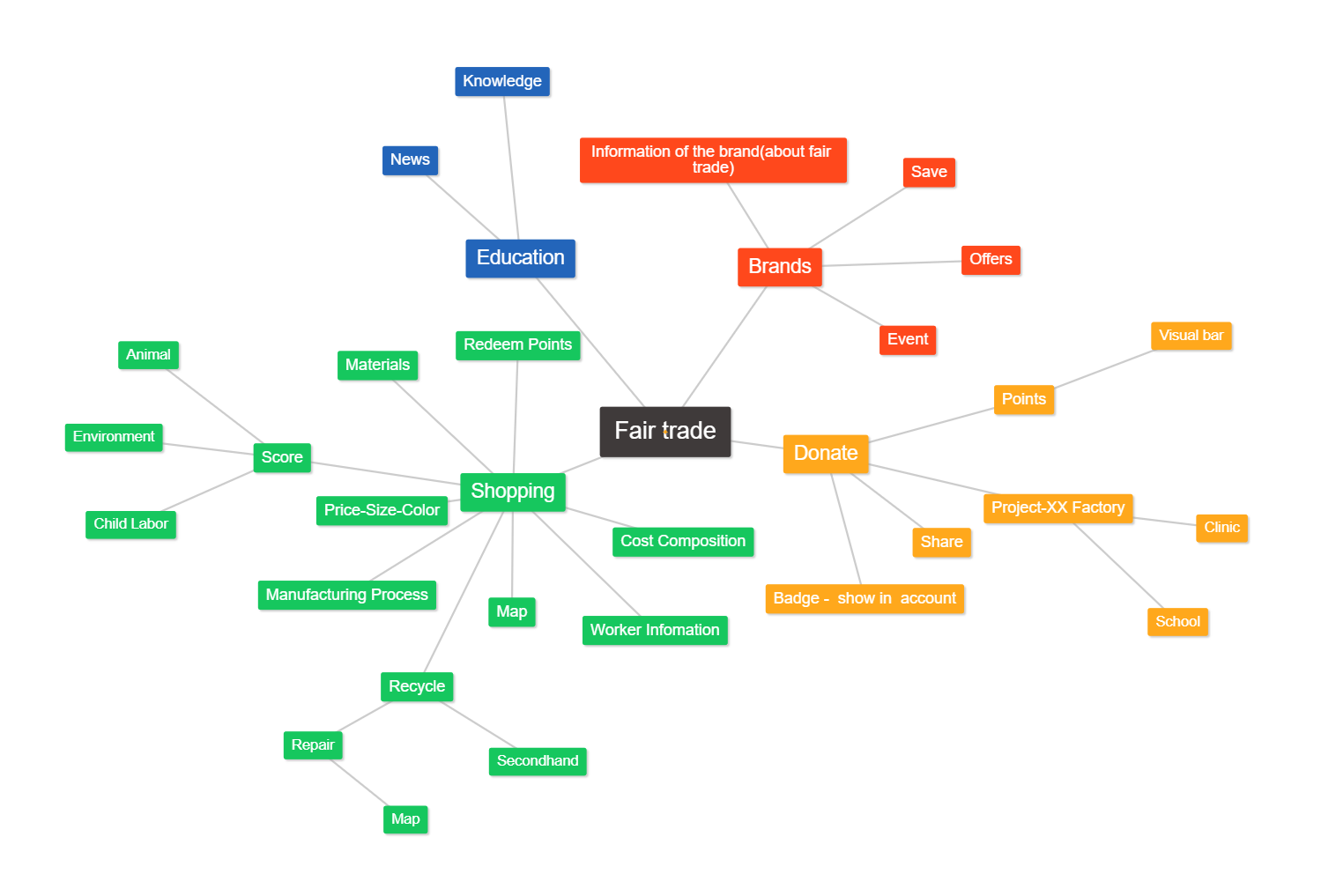
Solutions
Lack of transparency
⋅ Customers can see workers information, responsibility, and their benefit on the product's screen.
⋅ Customers will know the composition of the final price from the product's screen.
⋅ Customers will know the factory's information too.
Lack of meaningful information / Lack of actionable steps
⋅ Fair trade news section & knowledge section on home screen will help customers know more about Fair Trade.
⋅ Customers can donate their points to build infrastructure for workers' community.
⋅ Customers can donate directly to one worker from product screen.
Fair Trade products are expensive
⋅ From the orders screen, customers are able to recycle their clothes or apply for repair.
⋅ Customers can buy secondhand clothes from the product screen.
Prototype
Reflection
As for branding, Fairbuy has selected the image of a tree and its roots to show that while a tree is in itself powerful, the roots lay the foundation working non-stop behind the scenes. In this analogy, the leaves and branches are the Fair Trade certified brands while the roots are the Fair Trade producers and their workers.
Fairbuy is an app that helps users discover Fair Trade certified businesses in their local area. Users are then able to collect points for every purchase they make from these certified brands. In return, users can redeem points for deals and discounts from other certified brands, or donate their points to community initiative projects directly benefiting Fair Trade workers in their home countries. Fairbuy's target demographics are young adults between the ages of 18-54. By targeting the discretionary spending power of this audience, Fairbuy hopes to provide a unique way to have a direct impact on the livelihoods of Fair Trade certified producers and their workers.
Other Projects

